BEAUTİFUL BLOG VERY INFORMATIVE!
Unraveling the Secret to a Rug's Longevity: The Key Factors
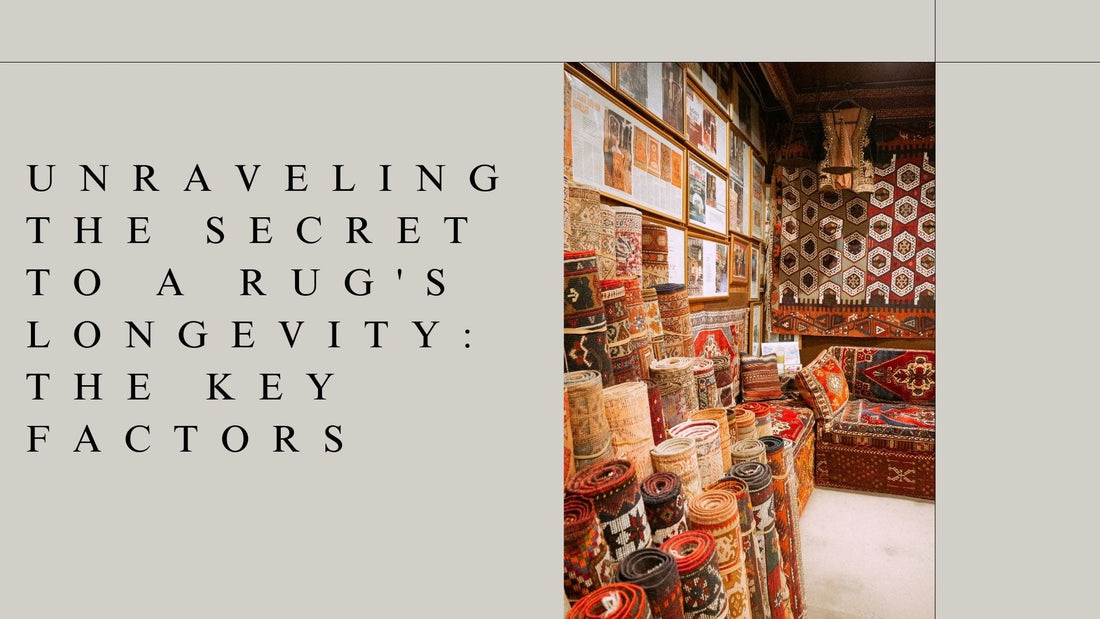
A hand-woven rug is a dialogue between material and craftsmanship. Its ability to withstand the test of time is not a matter of chance, but a direct result of ancient traditions and tangible qualities. For the discerning owner, understanding these qualities transforms a simple purchase into a lifelong investment. While a manufacturer might give a vague "10-20 years" for a machine-made rug, a high-quality hand-woven piece doesn't measure its life in years, but in generations. Let's dissect the core factors that grant these rugs their legendary durability.
1. The Soul of the Rug: The Hierarchy of Fibers
The story of a rug's resilience begins at the most basic level: its fiber. The type, origin, and quality of the yarn dictate everything from its feel underfoot to its ability to resist stains and wear.
-
Wool: The Unrivaled Champion Not all wool is created equal. The most durable rugs are woven from "live wool," which is shorn from healthy, living sheep. This wool is rich in lanolin, a natural grease that acts as a built-in stain repellent and gives the fiber a soft, supple feel. The best wool often comes from sheep raised in high-altitude, cold climates, as their fleece grows longer and more durable.
-
Quality Indicators: Look for wool with a high luster; this indicates long, strong fibers and high lanolin content. Poor quality wool appears dull, feels harsh, and is more brittle. It will shed excessively and wear down quickly.
-
The Lanolin Shield: Lanolin provides a microscopic, waxy coating on the fiber, causing liquids to bead up on the surface rather than being instantly absorbed. This gives you precious time to blot a spill before it becomes a permanent stain.
-
-
Silk: The Strong and Sensitive Aristocrat On a microscopic level, silk is one of the strongest natural fibers on earth, stronger than a steel fiber of the same diameter. This tensile strength means it doesn't break easily. However, its luxurious sheen and softness come from its smooth, fine structure, which is also its main vulnerability.
-
The 'Real vs. Artificial' Trap: Be wary of "art silk," "bamboo silk," or viscose. These are processed wood pulp materials that mimic the shine of real silk but completely lack its strength. When wet, viscose fibers can lose up to 70% of their strength, and aggressive cleaning can permanently ruin the pile. A true silk rug is an investment; an artificial one is a short-term decorative item.
-
Abrasion is the Enemy: The fine surface of silk can be scuffed by abrasive dirt and grit carried in on shoes. This is why silk is reserved for areas of quiet contemplation rather than bustling activity.
-
-
Cotton: The Unseen Foundation While you may not see it on the surface, the rug's inner strength comes from its cotton foundation (the warp and weft threads). Cotton is chosen for this role because it is strong, stable, and inelastic. It holds the rug perfectly taut on the loom and ensures it doesn't stretch or warp over decades of use. This structural integrity is vital to the rug's long-term survival.
2. The Skeleton of the Rug: Weave, Knots, and Dyes
The way the fibers are brought together is a testament to the weaver's skill and directly impacts the rug's lifespan.
-
Knot Density (KPSI) - A Measure of Labor and Strength Knots Per Square Inch (KPSI) is a critical metric. A rug with a high KPSI (e.g., 250+) has a dense, heavy pile that is highly resistant to being crushed by furniture and foot traffic. Dirt struggles to penetrate the pile, making the rug easier to clean and preserving the fibers. However, KPSI is not the only story. A well-made tribal rug with 80 KPSI woven from exceptional, lanolin-rich wool may outlast a 300 KPSI city rug made with brittle, inferior wool. Quality of materials and density must be considered together.
-
The Knot Itself: Turkish vs. Persian
-
Symmetrical (Turkish/Ghiordes) Knot: Wrapped around two warp threads, this knot is incredibly secure and robust. It creates a sturdier, more pixelated-looking design and is common in rugs from Turkey, the Caucasus, and some parts of Iran.
-
Asymmetrical (Persian/Senneh) Knot: This knot is wrapped around one warp thread and looped under the next. It allows for a higher knot density and greater fluidity, making it perfect for intricate floral patterns and curvilinear designs famous in Persian city rugs. While both are durable, the tightness of the packing is more important than the knot type.
-
-
The Colors of Time: Natural vs. Synthetic Dyes How a rug is colored affects not only its beauty but how it ages.
-
Natural Dyes: Derived from plants, insects, and minerals (like indigo, madder root, and cochineal), these dyes permeate the wool fiber deeply. They age gracefully, mellowing over time and developing a beautiful, subtle variation in color known as "abrash." This is considered a mark of authenticity and art.
-
Synthetic Dyes: Modern chrome dyes are incredibly stable and resistant to fading. However, early synthetic dyes (pre-1920) were often harsh, and could bleed or fade unevenly. A well-made rug with modern synthetic dyes will hold its color for a very long time, but it may lack the soulful aging process of a naturally dyed masterpiece.
-

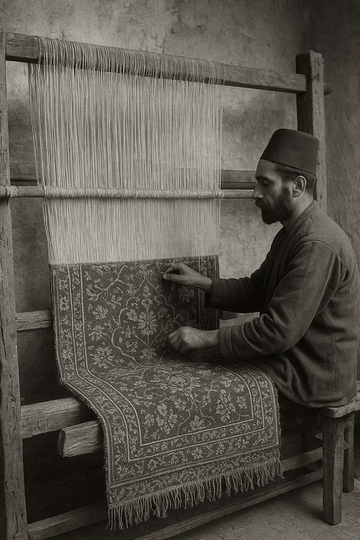
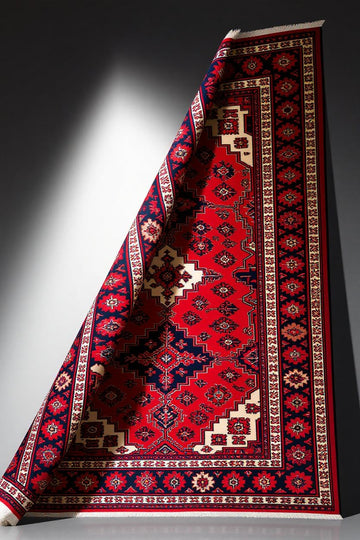
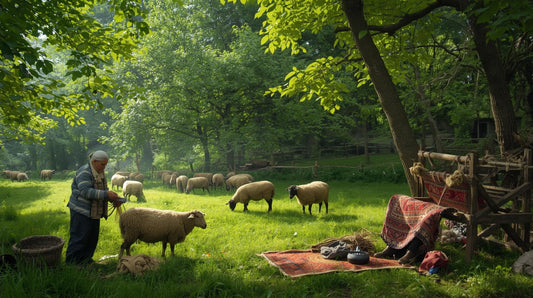
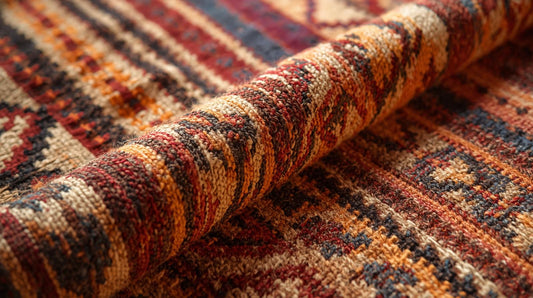

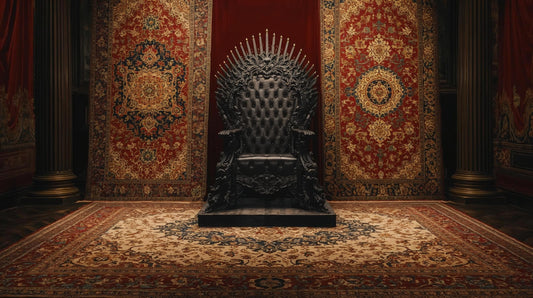
comment